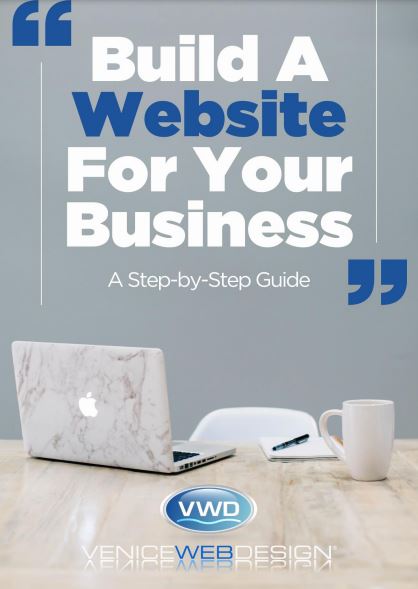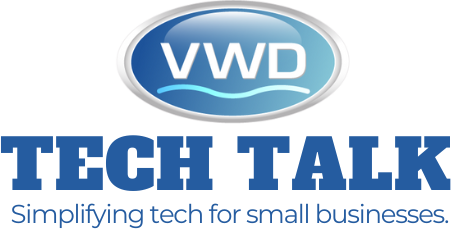Google uses over 200 factors to rank websites, including content quality, backlinks, and user experience. Sites that align with these factors rank faster. Algorithms like RankBrain and BERT prioritize relevance and intent. Understanding these signals helps explain why some sites climb Google’s rankings quickly while others lag.
High-Quality Content is King
Content drives rankings. Sites with in-depth, original, and relevant content rank faster. Google rewards articles that answer user queries comprehensively. For example, a 2,000-word guide on “SEO tips” outperforms thin 300-word posts. Use keyword research tools like Ahrefs to target high-intent keywords. Quality content attracts clicks and engagement, boosting rankings.
Keyword Optimization Matters
Strategic keyword use helps sites rank faster. Target long-tail keywords with lower competition, like “best-running shoes for beginners” instead of “running shoes.” Include keywords in titles, meta descriptions, headers, and naturally in content. Avoid overstuffing—Google penalizes unnatural keyword use. Optimized keywords signal relevance, speeding up rankings.
Page Speed Boosts Rankings
Fast-loading sites rank higher. Google’s Core Web Vitals measure speed, interactivity, and stability. A site loading in under two seconds outperforms slower competitors. Compress images, use CDNs like Cloudflare, and minify CSS/JavaScript. Tools like Google PageSpeed Insights identify issues. Speed enhances user experience, a key ranking factor.
Mobile Optimization is Non-Negotiable
With 60% of searches on mobile, Google prioritizes mobile-friendly sites. Use responsive design to adapt to all devices. Test with Google’s Mobile-Friendly Test. Fast, accessible mobile sites rank faster because they cater to user behavior. Poor mobile performance delays indexing and lowers rankings.
Backlinks Build Authority
High-quality backlinks from authoritative sites signal trust to Google. A site with links from Forbes or TechCrunch ranks faster than one with none. Focus on earning backlinks through guest posts, outreach, or shareable content. Tools like Moz track backlink quality. Strong backlinks accelerate ranking speed.
Technical SEO Eliminates Barriers
Technical issues slow rankings. Ensure proper indexing with a clean sitemap submitted via Google Search Console. Fix broken links and redirect errors using Screaming Frog. Use HTTPS for security—Google favors secure sites. A technically sound site gets crawled and indexed faster, improving rankings.
User Experience Signals Success
Google tracks user behavior like bounce rate, dwell time, and click-through rate. Sites with engaging designs, clear navigation, and relevant content keep users longer. For example, a site with a 2% bounce rate ranks faster than one with 70%. Prioritize intuitive layouts and fast load times to boost UX signals.
Fresh Content Keeps You Relevant
Regularly updated content signals to Google that your site is active. Blogs with weekly posts rank faster than static sites. Refresh old content with new data or insights. For instance, updating a 2023 guide in 2025 keeps it relevant. Freshness drives consistent crawling and higher rankings.
Schema Markup Enhances Visibility
Schema markup helps Google understand your content. Adding structured data for articles, products, or reviews boosts click-through rates via rich snippets. Use tools like Schema.org or Google’s Structured Data Markup Helper. Sites with schema often rank faster due to enhanced SERP visibility.
Domain Age and Authority
Older domains with established authority rank faster. Google trusts sites with a history of quality content. New sites can build authority through consistent content and backlinks. For example, a five-year-old domain with 100 backlinks outranks a new site with none. Patience and strategy close the gap.
Internal Linking Strengthens Structure
Internal links guide Google’s crawlers and distribute page authority. Link related pages using descriptive anchor text, like “SEO strategies” instead of “click here.” A strong internal linking structure, like Wikipedia’s, helps pages rank faster. Use tools like Yoast to optimize links and improve site architecture.
Social Signals Amplify Reach
Social shares don’t directly impact rankings but increase visibility. Content shared on platforms like X or LinkedIn drives traffic, which Google notices. Viral posts can earn backlinks, indirectly boosting rankings. Sites with active social presence often rank faster due to amplified engagement.
Avoid Over-Optimization Penalties
Over-optimizing, like keyword stuffing or buying low-quality backlinks, triggers Google penalties. Sites with natural content and ethical SEO practices rank faster. Use tools like SEMrush to audit for penalties. Staying within Google’s guidelines ensures steady, sustainable ranking growth.
Local SEO for Targeted Rankings
Local businesses rank faster with optimized Google Business Profiles. Add accurate NAP (Name, Address, Phone) details and encourage reviews. Use local keywords like “Miami coffee shop.” Localized content aligns with user intent, speeding up rankings in specific regions.
Content Depth Over Thin Pages
Thin content—short, low-value pages—struggles to rank. Google favors in-depth content addressing user needs. For example, a 1,500-word guide on “how to rank on Google” outranks a 400-word summary. Depth signals expertise, helping sites climb SERPs faster.
Competitor Analysis Uncovers Gaps
Analyze competitors’ strategies with tools like SpyFu. Identify their top keywords, backlinks, and content types. If a competitor ranks for “best laptops” with a detailed guide, create a better one. Understanding gaps helps you outmaneuver rivals and rank faster.
E-A-T: Expertise, Authority, Trust
Google’s E-A-T (Expertise, Authoritativeness, Trustworthiness) guidelines favor credible sites. Showcase author bios, cite reputable sources, and use secure hosting. Sites with strong E-A-T, like medical or financial blogs, rank faster due to Google’s trust in their credibility.
Monitor and Adapt to Algorithm Updates
Google’s algorithm updates, like Core Updates, shift rankings. Stay informed via Moz or Search Engine Journal. Adjust strategies—like improving Core Web Vitals—after updates. Sites that adapt quickly maintain or gain rankings faster than those that don’t.
Leverage Long-Term Consistency
Ranking fast requires consistency. Publish regular content, build backlinks steadily, and optimize technical SEO. Sites with sporadic efforts lag behind. A consistent six-month strategy often outpaces erratic two-year efforts, leading to faster rankings.
Get Connected With Venice Web Design
Ranking on Google demands a mix of quality content, technical SEO, and user-focused strategies. Some sites rank faster by mastering these elements, from backlinks to mobile optimization. For businesses aiming to accelerate their Google rankings, Venice Web Design offers expert digital marketing services. Our specialists excel in SEO, website optimization, and tailored strategies to boost visibility. Clients praise our results-driven approach, as seen in testimonials on their site.
Let’s talk about this in detail!


